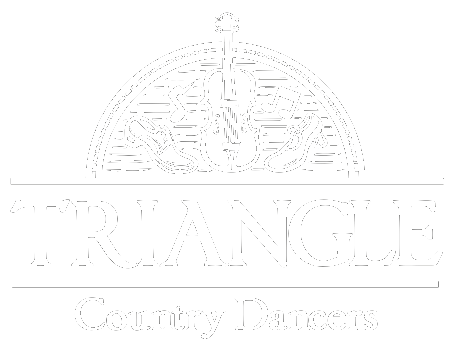by John Sweeney from http://contrafusion.co.uk/, shared with permission.
Shortened version, for full discussion, with excellent photos go to this link.
This is a discussion of all the different ways that a dancer can take one hand or arm with another dancer with the intention of rotating around a point centered between them. There are many names for this concept; they include:
Allemande
Hand Turn
Arm Turn
Arming
Arm
Arms
Forearm Turn
Notes: "Allemande" is a popular term and has been used to mean many different moves over the centuries. Here I mean it as it’s used in contra dancing and square dancing today: to turn someone with one hand or arm. This page is about moves where the dancers take either left hand to left hand, or right hand to right hand, facing in opposite directions; therefore it does not include Gates or Wheel-Arounds where the dancers are facing in the same direction.
The topic of how to do a good Allemande appears on dance forums regularly. Many of the words of wisdom below come from other callers who have expressed their feelings on these forums. Thanks to all those who have contributed to these discussions.
What makes a good hold for this type of turn?
Consideration: Rule Number One: "Everyone is entitled to have fun on the dance-floor without getting hurt." Anything involving hitting, gripping, pulling, pushing, twisting, etc. may well hurt your partner. They may have weaknesses or injuries of which you are unaware, thus exacerbating any such rough action. Thumbs are dangerous. They should never be used to press on your partner or to grip them. Many dancers have complained that they have had their arm or shoulder wrenched as they tried to move on to the next move, because the other dancer would not let go.
Connection: In simple dances where you Allemande Right then Allemande Left with the same person, it is easy to finish where you started, regardless of how far you actually managed to turn. Much modern choreography is less forgiving, often requiring you to turn one and a half times, or even twice, in the same eight steps. Being well connected to your partner means that you can achieve this much more easily, since you can help each other to get around. You need to act as a single counter-balanced entity, rotating around a shared point centered between you.
Effectiveness: Apart from how effective the hold is in helping you and your partner get around each other, it is also important to be able to get into the hold quickly and easily and to exit from the hold quickly and easily, especially when you wish to spin out of the hold.
The Curved Hand Shape
For most good holds the hand shape involves a flat wrist, curved fingers, and the thumb out of the way. Wrists are strongest when straight; fingers are strongest when curved. This is their natural state. Imagine trying to pull an oar, do a chin-up or carry a heavy briefcase with straight fingers and a bent wrist!


